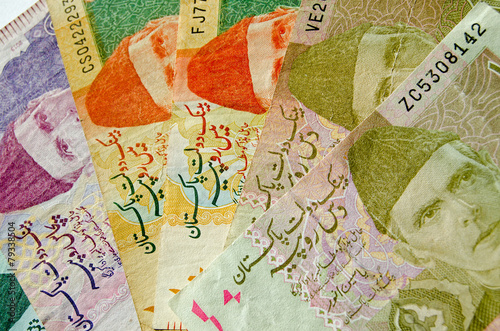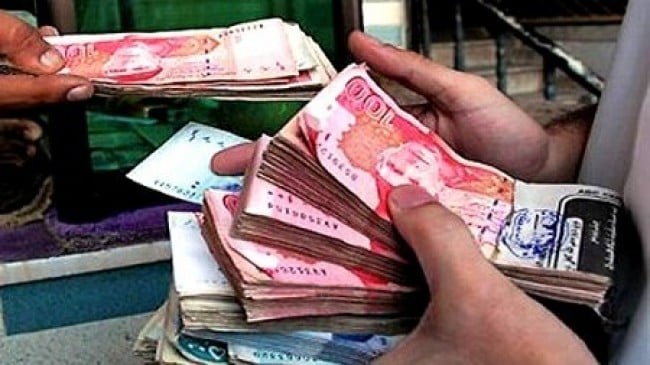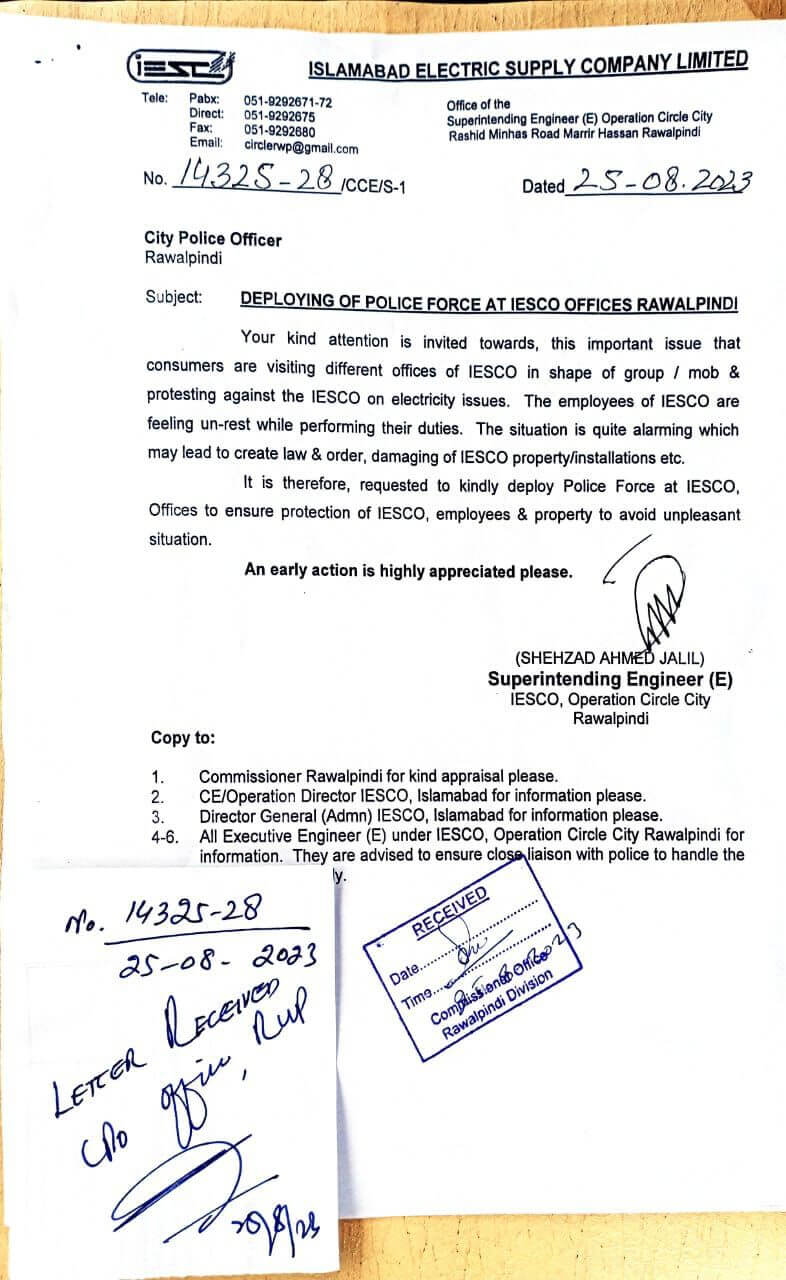Introduction
Remittance plays a vital role in the economic framework of Pakistan. It represents the funds transferred by Pakistani expatriates back home, contributing significantly to the country’s economy. In recent years, remittances in Pakistan have been a lifeline, providing crucial support to the economy and assisting countless households. This article explores the importance of remittances, the challenges associated with them, and the future prospects of remittances in Pakistan.
The Importance of Remittance for Pakistan’s Economy

Remittances in Pakistan have been a steady source of foreign exchange, assisting the nation in managing its balance of payments and fostering economic stability. These funds not only support local consumption but also create a multiplier effect that stimulates growth across various sectors.
A Boost to Foreign Exchange Reserves
The flow of remittance has a significant impact on Pakistan’s foreign exchange reserves. With exports struggling to keep up with imports, remittances have become one of the primary ways to bridge the trade deficit. Each year, billions of dollars flow into Pakistan through remittances, alleviating pressure on the country’s current account.
Poverty Alleviation and Social Welfare
Remittances in Pakistan also play a pivotal role in poverty reduction. They offer financial relief to families of overseas workers, enabling them to improve their living standards. Studies suggest that households receiving remittances are more likely to invest in education, healthcare, and housing, contributing to overall social welfare.
Key Sources of Remittance for Pakistan

The majority of remittances to Pakistan come from Middle Eastern countries like Saudi Arabia, the United Arab Emirates, and Qatar. The United States and the United Kingdom are also major sources of remittances.
Middle East: The Leading Region
Due to Pakistan’s historical labor migration to the Middle East, countries like Saudi Arabia and the UAE contribute significantly to remittance inflows. Pakistani workers in these regions send a substantial portion of their earnings back home, providing essential support to their families.
North America and Europe: Emerging Contributors
The United States, the United Kingdom, and Canada are also vital sources of remittance for Pakistan. High-skilled Pakistani professionals residing in these countries are increasingly contributing to remittance flows, underscoring the diversity of remittance sources.
The Role of Government Policies in Promoting Remittances

The government has introduced several policies aimed at facilitating remittances to Pakistan. These policies aim to make the remittance process secure, efficient, and accessible for all Pakistani expatriates.
Incentives for Remitters
In an effort to encourage remittance inflows through legal channels, the Pakistani government has provided incentives, such as reduced transfer fees and higher exchange rates. Additionally, banks often offer preferential rates for remittances sent through official channels, motivating expatriates to use formal methods of transfer.
Digital Platforms and Ease of Transfer
The use of digital platforms has significantly improved the ease of transferring remittances to Pakistan. With mobile banking and online money transfer services, sending money back home has become faster, more convenient, and less costly. This digital shift is further supported by the government’s focus on developing a digital economy, creating an accessible remittance ecosystem.
Challenges Facing Remittances in Pakistan

While remittances are crucial, they face several challenges that hinder their full potential. Understanding these obstacles is key to maximizing the benefits of remittances in Pakistan.
Dependence on Specific Markets
A major challenge for remittance inflows is Pakistan’s dependency on a few countries, mainly in the Middle East. Economic or political disruptions in these regions can lead to a sudden decline in remittance flows, posing risks to Pakistan’s economy.
Informal Channels of Transfer
Despite government efforts, a significant portion of remittance is still sent through informal channels, such as hawala. These channels bypass official systems, resulting in a loss of potential foreign exchange. The government has introduced regulations to combat this issue, but informal transfers remain a prevalent challenge.
Exchange Rate Fluctuations
Fluctuations in the exchange rate can also impact remittance inflows. When the value of the Pakistani rupee drops significantly, expatriates may hesitate to send money home or reduce the amount they remit, impacting the economy’s overall remittance inflow.
Future Prospects for Remittance in Pakistan

With evolving global trends, the future of remittance in Pakistan holds both opportunities and challenges. Economic shifts, technological advancements, and government interventions are likely to shape the remittance landscape in the coming years.
Potential for Growth in Non-Traditional Markets
While the Middle East remains a primary source, there is growing potential in markets like East Asia and Africa. Diversifying the sources of remittance will provide Pakistan with greater resilience against economic shocks in specific regions, ensuring steady inflows.
Increasing Use of Digital Remittance Services
Digital remittance services are rapidly transforming the way funds are transferred to Pakistan. This shift not only reduces the cost and time involved in transactions but also makes the process more transparent. As Pakistan’s digital infrastructure improves, the adoption of these services will likely increase, enhancing the volume of remittances through formal channels.
Supporting Skills Development for Expatriates
One potential strategy for enhancing remittance inflows is to invest in skills training for workers intending to go abroad. Skilled workers generally earn higher wages, which translates into higher remittances. By developing a skilled workforce, Pakistan can boost its remittance earnings while creating opportunities for nationals to secure better jobs overseas.
Conclusion
Remittance in Pakistan continues to play an essential role in stabilizing the economy, alleviating poverty, and supporting millions of families. Although challenges remain, such as dependency on specific markets and informal channels, the future of remittances looks promising with government support and digital transformation. Through effective policies, innovative solutions, and strategic planning, Pakistan can harness the full potential of remittance inflows, bolstering its economy for years to come.
In summary, remittances in Pakistan represent not just a financial transaction but a lifeline for economic resilience and social progress. By addressing existing challenges and capitalizing on emerging opportunities, Pakistan can ensure that remittances remain a driving force for national development.



